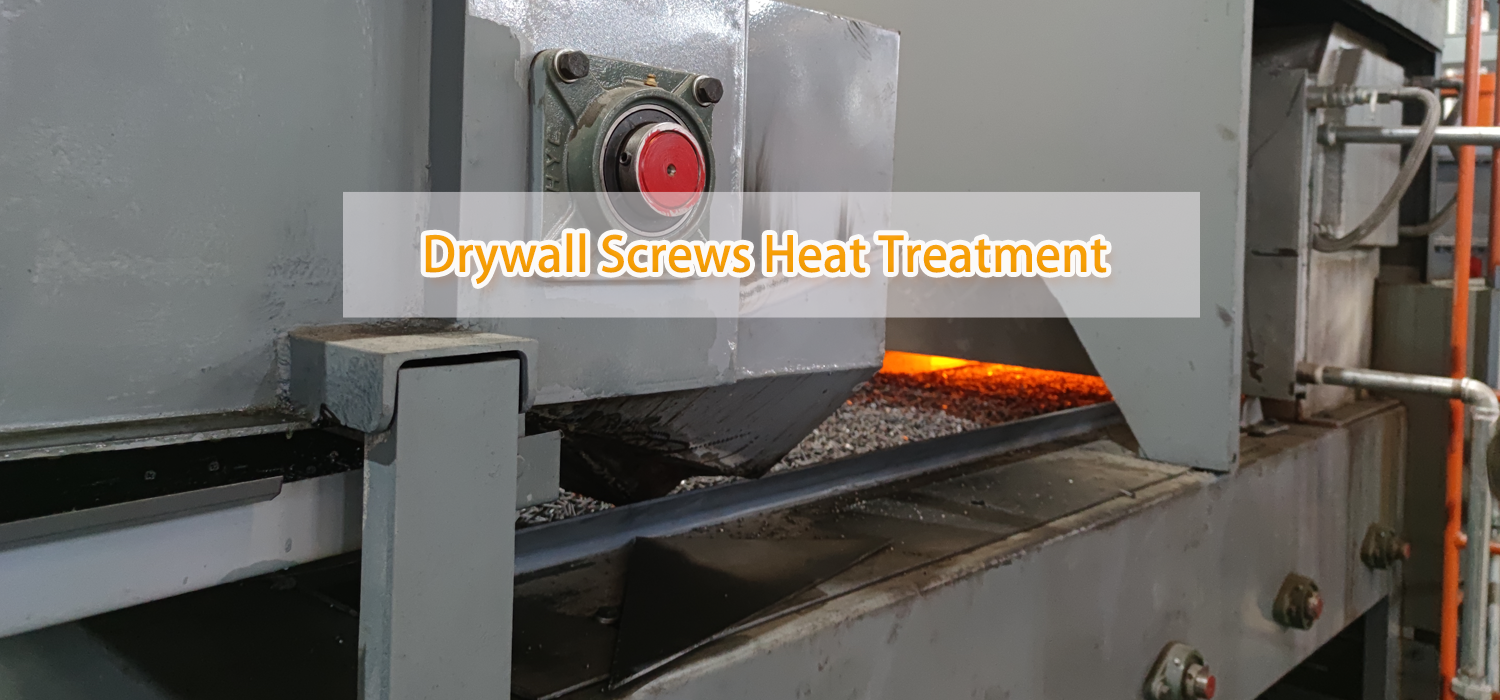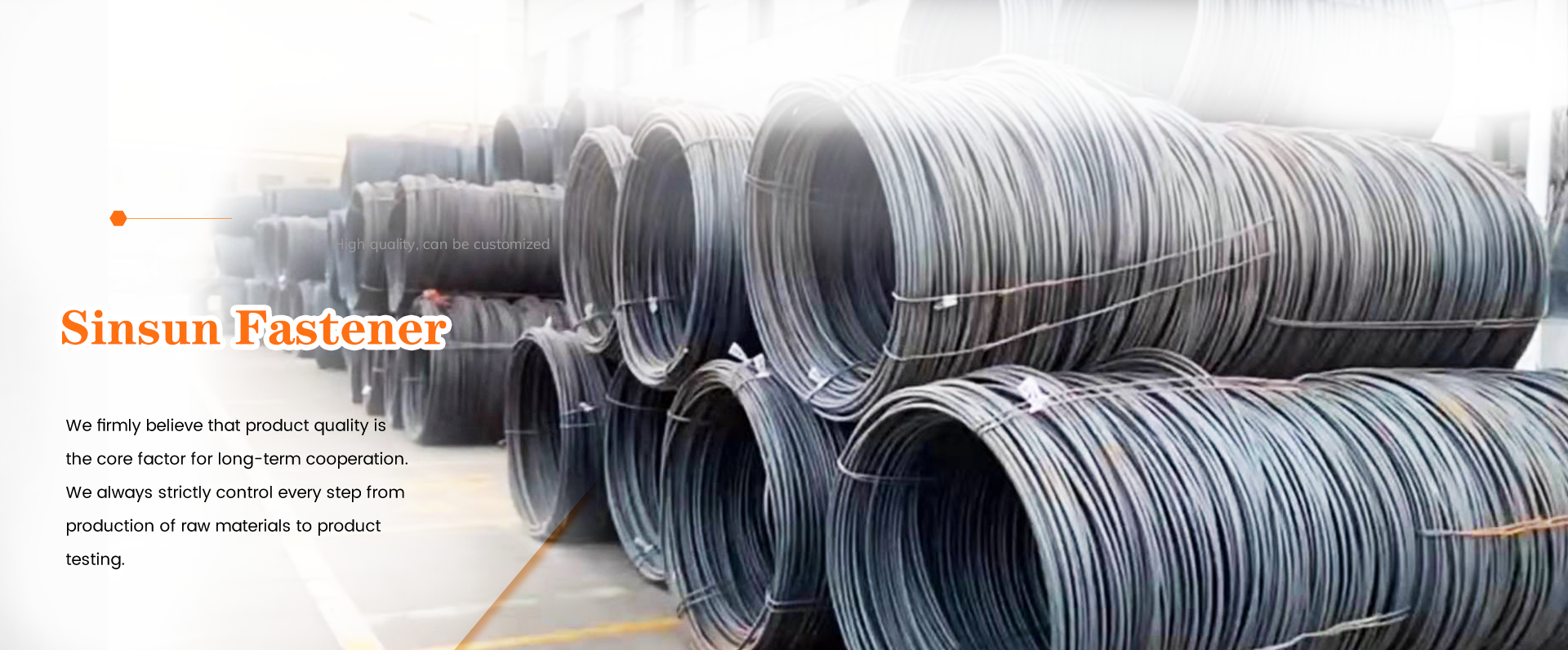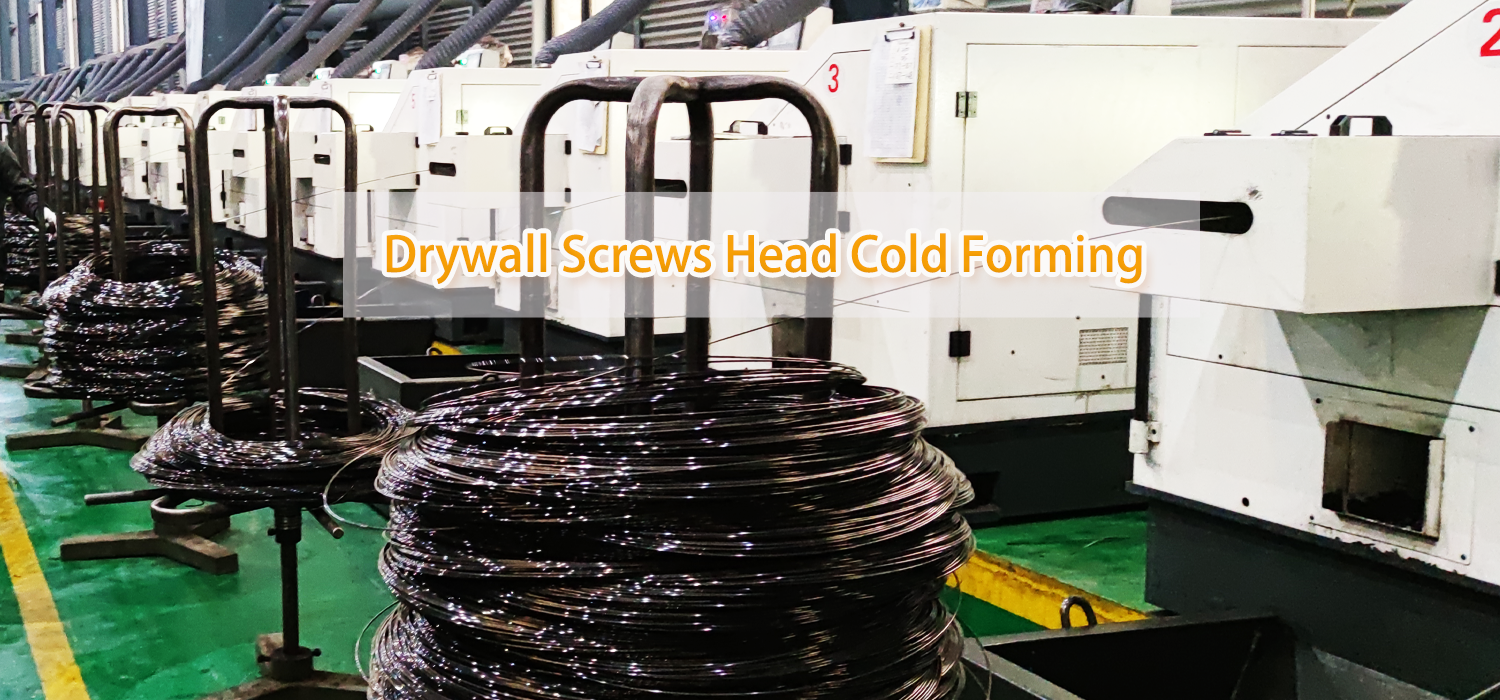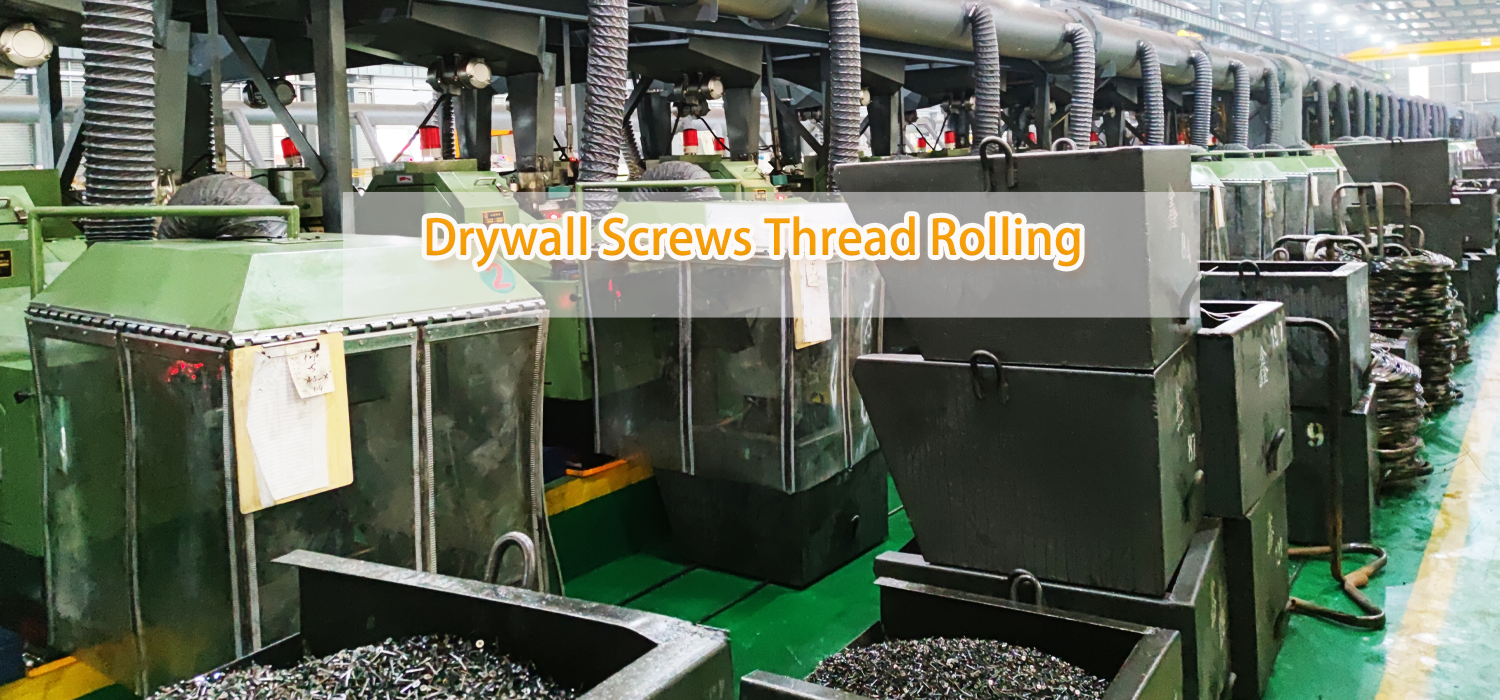Drywall screws play a crucial role in the construction industry, specifically in the installation of gypsum boards or drywalls.These screws are designed to provide a strong and secure fastening
solution for attaching drywall to wooden or metal studs. Producing drywallscrews involves a precise manufacturing process that ensures their reliability and efficiency. In this article, we will delve
into how drywall screws are produced by exploring the key steps involved in their manufacturing.
Head Cold Forming:
The first step in the production of drywall screws is head cold forming. This process involves using a machine to shape the head of the screw.The metal wire, usually made of carbon steel or stainless steel,
is fed into the machine, where it is cut to the desired length. Then, the cut wireis formed into the specific shape of the screw head, which is necessary for proper insertion and application.
Head cold forming ensures consistencyand accuracy in the shape and size of the screw heads.
Thread Rolling:
Thread rolling is another vital step in the production of drywall screws. This process involves the creation of the screw threads, which are essential for securely fastening the screws into the drywall or studs.
The metal wire with the pre-formed screw head is fed into a thread rolling machine.The machine exerts high pressure on the wire, gradually shaping it into the spiral shape of the thread.
Thread rolling ensures that the threadson the drywall screws are precise, durable, and capable of providing optimal grip and stability.
Heat Treatment:
After the head cold forming and thread rolling processes, the drywall screws undergo heat treatment. Heat treatment is crucial for improving the mechanical properties of the screws, such as their strength,
hardness, and ductility. The screws are subjected to a controlled heating and cooling process, designed to alter their microstructure. This process helps to enhance the hardness and toughness of the screws,
making them resistant to bending or breaking during installation. Heat treatment also eliminates any internal stresses in the screws, increasing their overall structural integrity.

Surface Treatment:
To further enhance the performance and corrosion resistance of drywall screws, surface treatment is applied. Surface treatment involves applying a protective coating or plating to the screws.
The coating can be made of zinc, phosphate, or other materials. This process not only improves the aesthetic appearance of the screws but also provides a protective barrier against rust or corrosion,
prolonging their lifespan. Surface treatment ensures that the drywall screws remain strong and reliable in various environmental conditions.
In conclusion, the production of drywall screws involves precise and meticulous processes that are necessary to create high-quality and reliable fasteners. From head cold forming and thread rolling to heat treatment
and surface treatment, each step plays a significant role in producing screws that offer optimal performance and longevity. The attention to detail in the manufacturing process ensures that drywall screws can securely
and effectively fasten gypsum boards in construction projects, providing a strong foundation for the walls and ceilings.
Post time: Aug-28-2023



